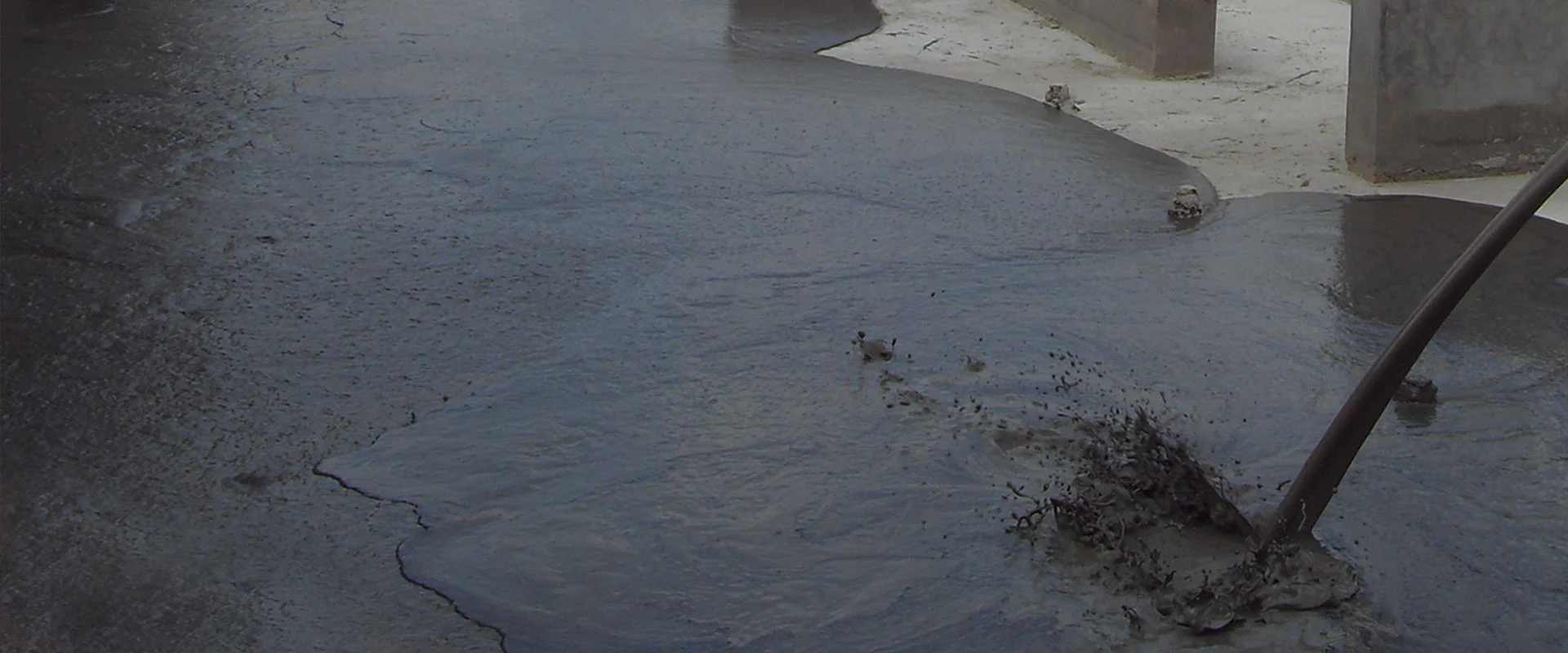Diamond blades for tiles are used to produce precise and clean cuts, achieve beveled edges, chip-free cutting, and smooth the tile's surface.
These tools include various diamond blades, concrete core drill bits, polishing pads, and sandpaper, designed for different types of ceramic tiles and finishes.

Clean the Tile Surface: Using a tile cleanser and a cloth, clean the ceramic tile surface, removing any dirt, grime, or debris. Before moving on to the following step, confirm that the surface is dry.
Select the Proper Polishing Pads: To obtain the required degree of shine, select the proper polishing pads with the necessary grit level. To create a high-gloss surface, high grit levels of at least 1500 are frequently utilized.
Polishing Procedure: Use a floor buffer or a hand-held rotary polisher to attach the polishing pad(s). Always begin with the polishing pad's coarsest grain and work your way up to finer grits. Start with light, circular movements and gradually increase pressure to the desired gloss level. Repeat this process with each finer polishing pad until you reach the desired finish.
Clean the Surface: Removing all debris and polishing agent residues is essential after polishing. Clean the surface with a tile cleaner and a cloth, ensuring the tile surface is free from any debris or polishing agent residue.
Application of Sealant: If desired, apply a coat of a high-quality sealant on the tile surface. Sealant provides an additional layer of protection to the tile surface, helping to maintain the shine while preventing damage from external factors like moisture and dirt.
Advanced technologies have brought significant changes to the ceramic tile industry, including advancements in ceramic tile polishing. Laser polishing and chemical etching are two such technologies that have revolutionized tile finishing. Laser polishing is a method that uses a laser beam to polish the surface of ceramic tiles with precision and accuracy. It is a quick, efficient, and eco-friendly process that eliminates the need for abrasive materials.
On the other hand, chemical etching involves the application of a special acid solution that dissolves a thin layer of the tile surface to create a glossy or matte finish. This technology provides a unique finish that enhances the aesthetic appeal of the ceramic tiles. Both laser polishing and chemical etching improve the quality and durability of ceramic tile surfaces.


This method involves using a hand-held drill or rotary tool to make holes in ceramic tiles. It requires skill, precision, and patience, as the process is slow and prone to errors. Manual drilling can also create chips and cracks on the surface of the tile.
Wet Drilling is a method that involves using a specialized wet drill bit with a lubricating coolant to prevent overheating and cracking of the ceramic tile. The coolant also helps to minimize dust and debris during the drilling process.
Diamond-tip drilling is a machine-powered technique that involves using a specialized drill bit with a diamond-encrusted tip to create precise, clean holes in ceramic tiles. This method is fast, efficient, and accurate, but requires specialized equipment and expertise.
Laser Drilling is an advanced technique that uses a high-power laser beam to create precise and accurate holes in ceramic tiles with minimal damage or cracking. This method is fast, efficient, and reliable, but requires specialized equipment and expertise.
